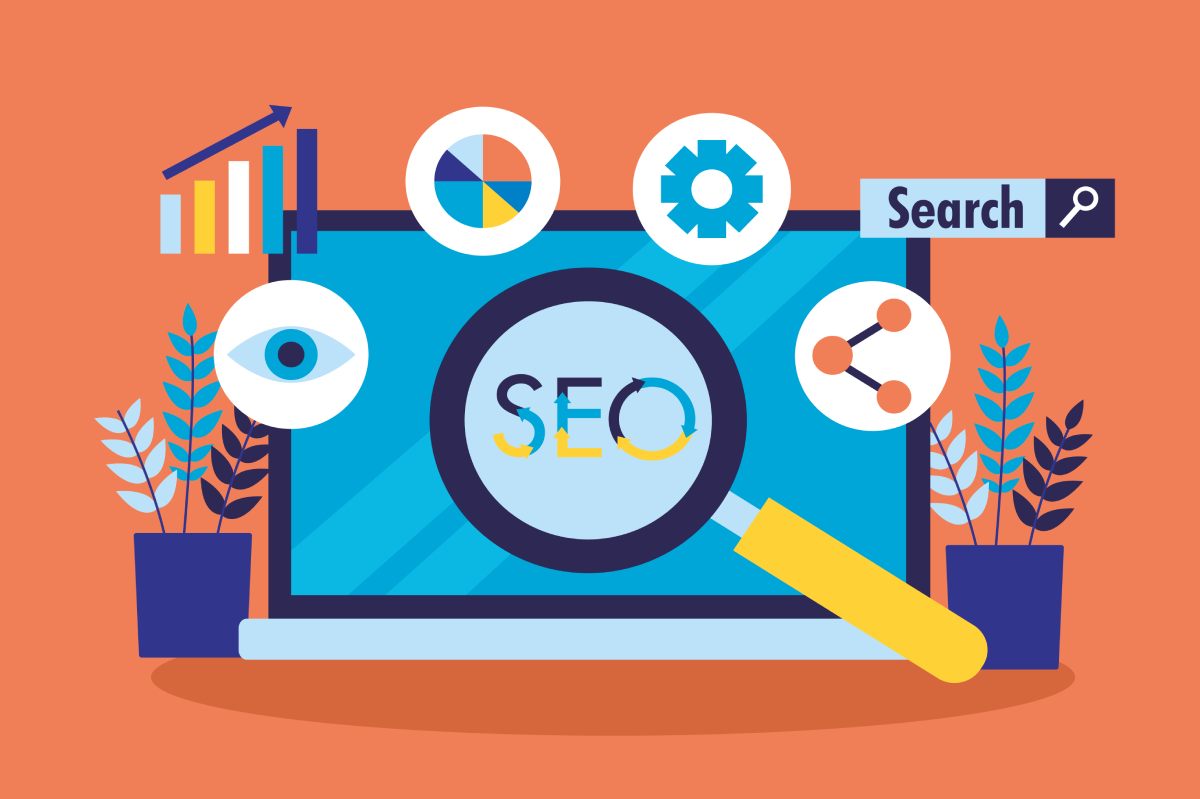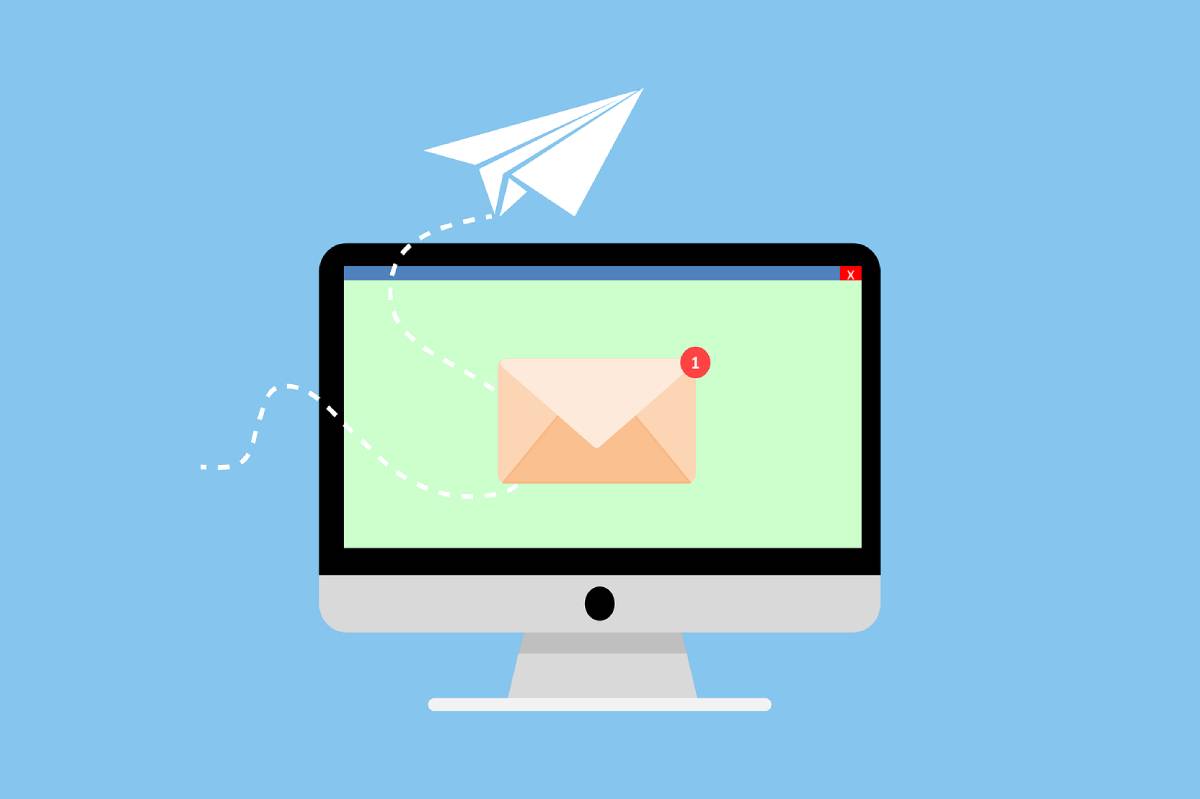Lead generation, segmentation, email marketing – marketers have a lot to do in everyday life. Targeted marketing automation helps you accelerate processes. But what exactly does this term mean? We explain to you specifically what marketing automation does and why it can significantly advance your company. Here is the short version.
Table of Contents
What Is Marketing Automation Anyway?
Admittedly, the term marketing automation sounds a bit paradoxical at first. After all, marketing is something that takes a lot of effort and is completely personalized – sending emails, placing ads, making phone calls… you know the drill.
However, anyone who takes a closer look at the topic of marketing automation comes to a different assessment: In practice, the method can make a lot of things easier for you. It helps you prioritize everyday marketing tasks and automate unnecessary manual work. This ultimately leaves you with more time for your craft, namely marketing itself.
In most cases, marketing automation runs via a software solution. When a lead first makes contact with your company, the program creates a user profile in the background. The profiles represent the basis of every marketing automation. All interactions between you and the user are recorded and automatically enriched with individual data. And here’s the highlight: You can use this information to automate targeted marketing measures – for example, follow-up campaigns, welcome sequences, or customer reactivation.
What Does Marketing Automation Bring To Your Company?
That sounds pretty theoretical. But in everyday life, this method can save you time and money. Ultimately, automating the processes even leads to more leads developing into customers, thereby increasing your sales:
Because marketing automation independently collects all interactions and data from leads, it makes lead segmentation easier. You can differentiate all users in the system according to demographic characteristics, interactions, and other characteristics – and apply different marketing measures accordingly.
Once you have segmented the leads, you can address them automatically. You can use the system to send automatic emails and provide further information about documents, thus qualifying the lead. Marketing automation helps you with lead nurturing.
The method also helps you record the maturity level of leads. What status is a lead at? Is it ready to be handed over to sales? This creates a so-called lead scoring system that automatically assigns each user an individual score based on their interactions and data. The higher the number of points, the more suitable the lead is to be addressed in sales.
Even after the lead is converted, marketing automation can help develop the customer into a repeat buyer. How about personalized, automatically sent discounts based on the user’s interests? Or with an automated push message from the app after the user has not opened it for a long time?
You can even make internal processes more efficient. The system creates individual tasks – for example, it could automatically inform sales employees that it is worth calling a customer because they have been finding out more about a certain product for a long time.
Also Read: Advertising Tracking: How To Escape It?
Tips For Good Marketing Automation
As you can see, marketing automation can help in many areas. In practice, however, this can quickly lead to excessive demands. The most important thing when planning marketing automation is the planning itself. All automated messages and measures must be coordinated and structured on one another. It doesn’t do you any good if, after downloading a document, the user is pulled into a follow-up campaign that they have already completed. On the contrary, that would even be counterproductive!
To help you achieve this, here are a few important tips:
Identify Areas
First, take a look at where you can use marketing automation. It is often useful to start small and then slowly increase. Most often, marketers start automating email sends and campaigns after a user interaction. You can also display your social media posts automatically. You can also initially focus on the automatic personalization of emails, chatbots on the website, or personal prices when shopping online.
The potential is unlimited. But you should be clear about which areas you want to automate. Only then can you start planning.
Define Rules
Once you have identified areas, it is important to think about rules according to which the method should work. You must have the goal of providing the right content at the right time to the right target group – and the whole thing is fully automated.
The simplest of these rules is follow-ups for campaigns: If a lead has registered for a webinar, they will later receive emails on this topic that contain additional and useful information. Another rule could be that customers who haven’t bought from you in a long time automatically receive a personal discount. Of course, the rules depend on which areas you want to automate.
Defining these processes is important and represents the basis of marketing automation. It is, therefore, important to consider the rules together and not separately. Otherwise, you run the risk of the automation overlapping. You will probably invest the most time in this part of the planning – you will save it once the automation is set up.
Select And Personalize Content
Content is of considerable importance in marketing anyway. But once again, in automation. Your content not only has to fit the target group but also the rules that you have defined. A follow-up usually consists of supplementary content with added value. A customer loyalty email, on the other hand, needs to be worded differently and should contain an incentive. And for content in the chatbot, it is more important to have an explanatory character.
Your advantage: Marketing automation allows you to personalize the content. This means that a blog post, push notification, or email does not look as if it was sent by the robot. A personalized approach or product recommendations can help here.
Set Up And Measure Marketing Automation
Once you have identified the areas, set up rules, and formulated content, you will have a rough plan for the automation. Now, it’s time to find and implement the right tool. It is also important to regularly check your activities and make improvements if necessary – because, as always in marketing, data reveals everything.
Also Read: The Most Common Mistakes In Online Marketing, SEO-SEM-WEB




